Crop Rotation Systems For Sustainable Agriculture
Agric4profits
OCTOBER 19, 2024
Crop rotation systems are essential practices in sustainable agriculture, designed to enhance soil health, improve crop yields, and reduce the dependency on che

Agric4profits
OCTOBER 19, 2024
Crop rotation systems are essential practices in sustainable agriculture, designed to enhance soil health, improve crop yields, and reduce the dependency on che
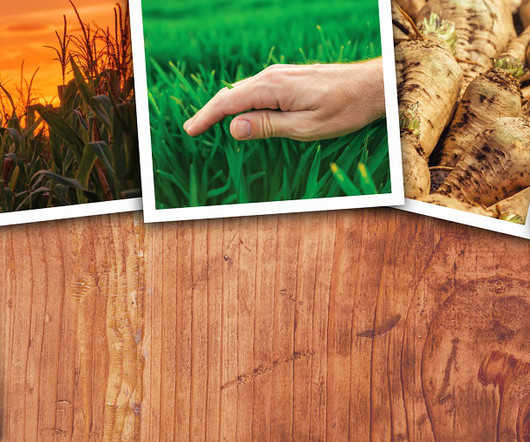
Cropaia
OCTOBER 31, 2023
Crop rotation is a common agronomic practice that involves the systematic sequencing of different crops in a specific field over several seasons. This technique aims to enhance soil fertility, control pests and diseases, and optimize crop yield.
This site is protected by reCAPTCHA and the Google Privacy Policy and Terms of Service apply.

Modern Farmer
MARCH 31, 2025
When people talk about crop diversity, they may be referring to one of a few different farming practices. While crop diversification always involves increasing the number of species present in a growing area , this can look a few different ways. Crop rotation involves rotating crops or crop families from one growing period to the next.
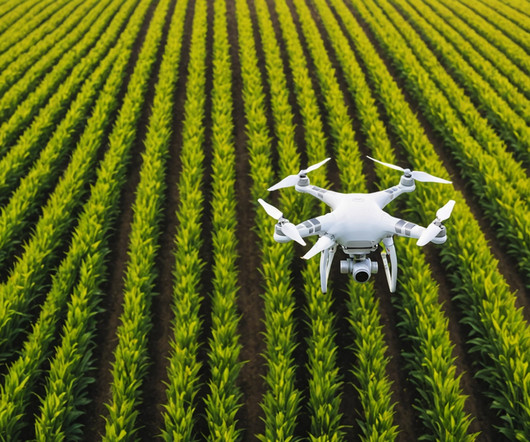
Farmbrite
DECEMBER 12, 2024
Farmers saving 30% on fertilizer costs and boosting crop yields by up to 10% are not uncommon with these insights. Crop Health : Drones with imaging capabilities can spot early signs of disease or pest problems, leading to timely, targeted interventions.
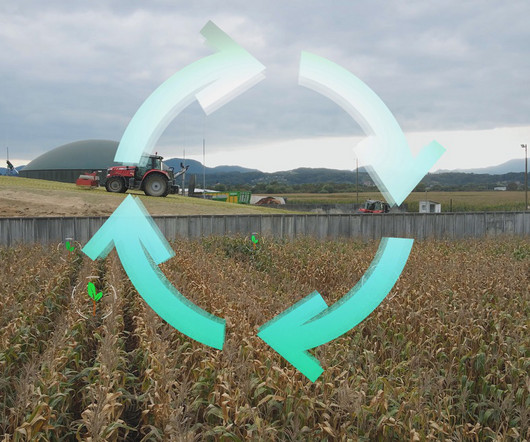
Cropaia
DECEMBER 19, 2023
In recent years, there has been a growing interest in regenerative agriculture, a holistic approach to farming that seeks to restore and revitalize the land while improving crop yields and overall farm profitability. This means increased crop yields and reduced inputs like fertilizers and pesticides.
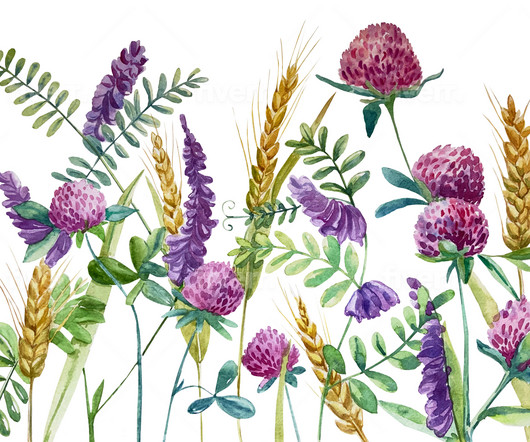
Modern Farmer
AUGUST 31, 2023
Cover crops refer to vegetation planted in empty fields— covering the soil, get it?—at They can also be added to crop rotations to improve soil health in fields that have been degraded from growing the same thing year after year. Cover cropping is a means of increasing soil fertility without chemicals.
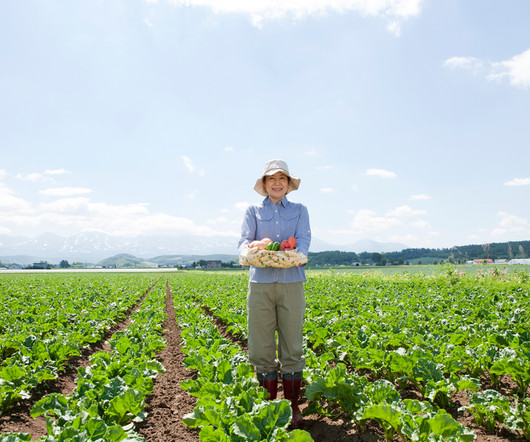
Farmbrite
DECEMBER 19, 2024
Nutrients and irrigation speed up crop development, increase crop yield and prevent contamination. However, unused fertilizer can be incorporated into the plant-soil system using cover crops, crop rotation with plants with different root systems, and nutrient intake.
Let's personalize your content